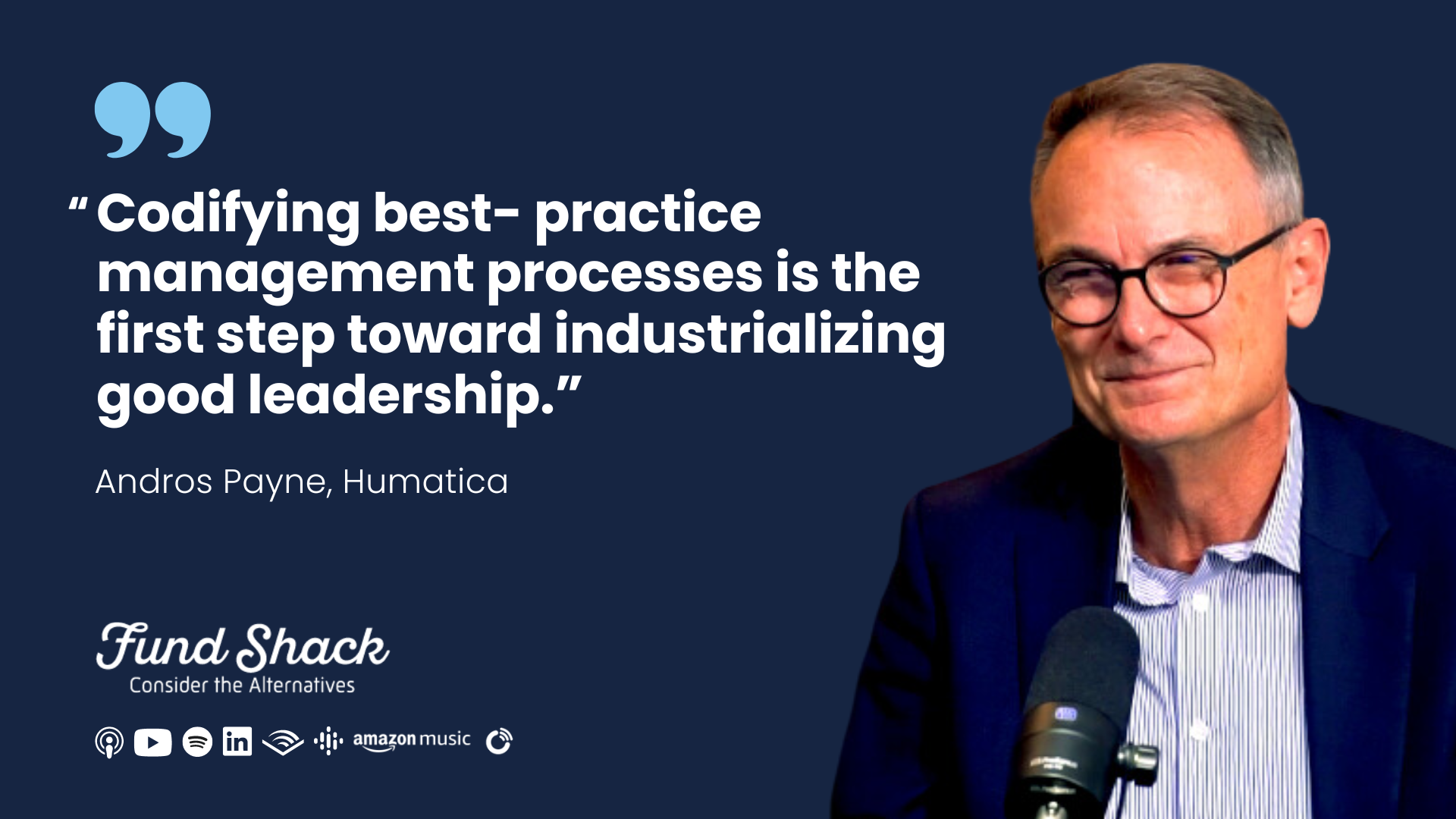
Companies are reorganising more frequently than ever before. It’s a natural consequence of a more dynamic market environment. But how can they manage the risks associated with changing structures and reorganising positions?
Most senior executives underestimate the disruption that a reorganisation can cause in their knowledge-based, white collar organisations. What may seem to be a simple change at the top of an organisation – a realignment of responsibility, or adding a new role – has huge consequences for processes and interfaces at lower levels, in particular for the middle management.
Management processes are the fabric of collaboration. They are institutional knowledge and rarely documented – it’s in the DNA – just the way things get done. With a proper appreciation for critical soft-factor processes, adequate time and resources can be allocated to a reorganisation process and figuring out the implications of a top-level change at lower levels before “go-live”.
Successful reorganisations require many difficult choices along two dimensions simultaneously. Decisions need to be cascaded hierarchically starting with the high level structure and working through the implications for sub-structures, then process/interfaces, roles, people and finally performance metrics for each level in affected units. The complexity of inter-related topics to cover sequentially by level and topic area, makes a successful reorganisation difficult to master. On top of this, speed is critical for minimising the risk of debilitating uncertainty in the organisation.
The best way to master the challenges is to execute the reorganisation in a well-structured set of working sessions that enable key decision makers to agree the right choices, at the right time and in the right sequence. The objective is not just speed, but to ensure that managers at all levels understand the practical implications of the new structure in their area and can work productively from day-one. By working out the important details on how the new operating model should work ahead of go-live with To-Be managers in the new set-up, the period of uncertainty and unclarity for employees can be reduced to zero. Go-live is a quiet “non-event”, rather than a confusing “big-bang”.
Done right, a reorganisation can be a liberating inflection point, releasing the potential of hungry rising stars in the organisation to grow value. Done poorly, it can be the starting gun for an exodus of top talent and decline. The choice is yours.
This article was originally published as the Humatica Corner in Real Deals magazine.

The fund landscape is changing faster than ever before, creating winners and losers in an increasingly competitive private equity ecosystem. Higher real interest rates are…
Read more
In the third episode of our Beyond Culture Series, we talk about industrializing best practice management processes. Link to Video 1:07 Register here to join our live…
Read more
There’s increasing focus on “culture” as an elusive driver of value growth. Creating a “high performance culture” has become the mantra for transforming buy-outs to…
Read more